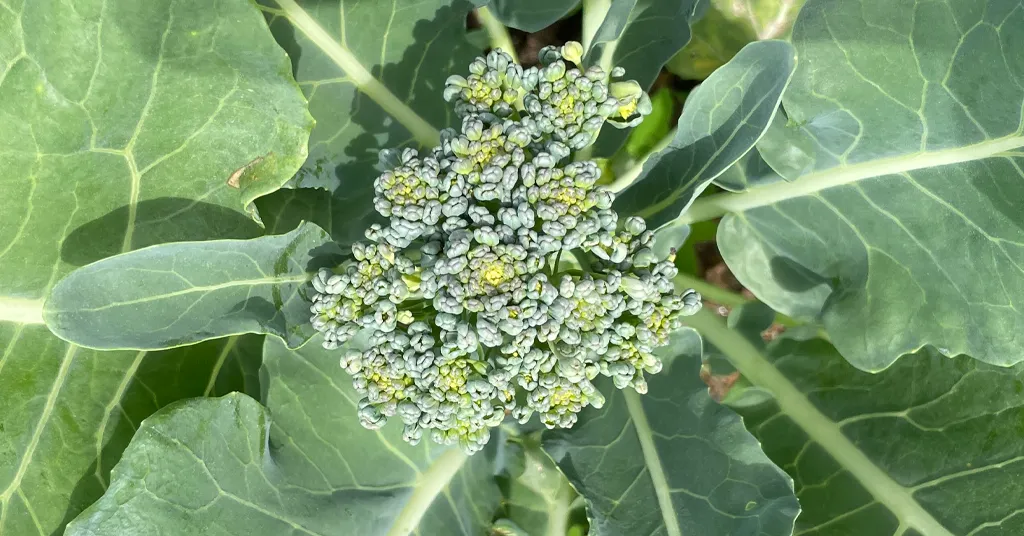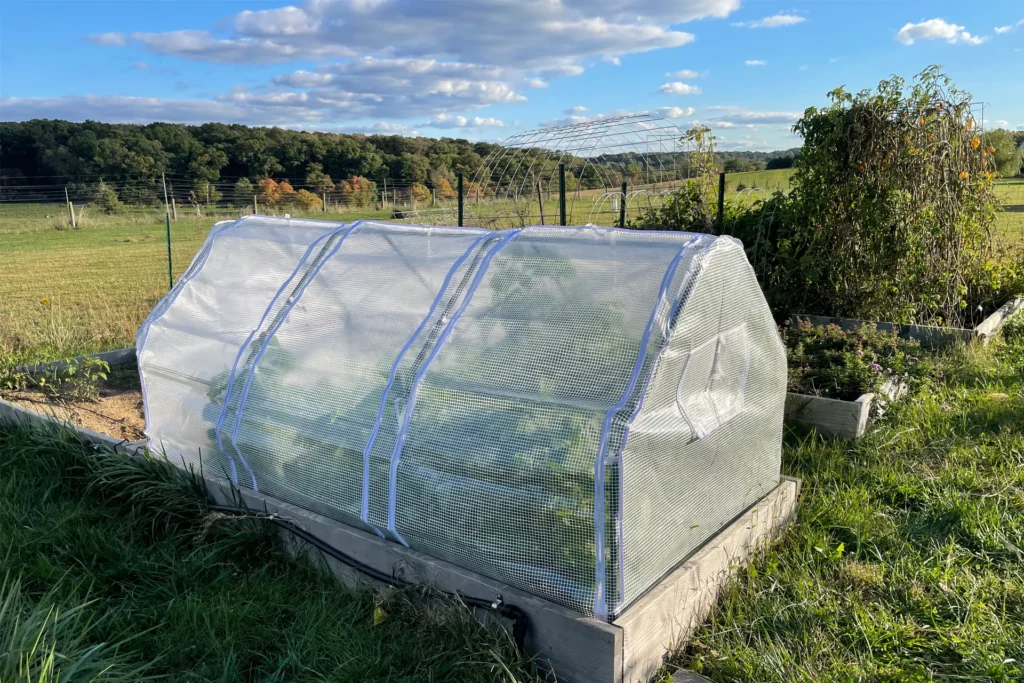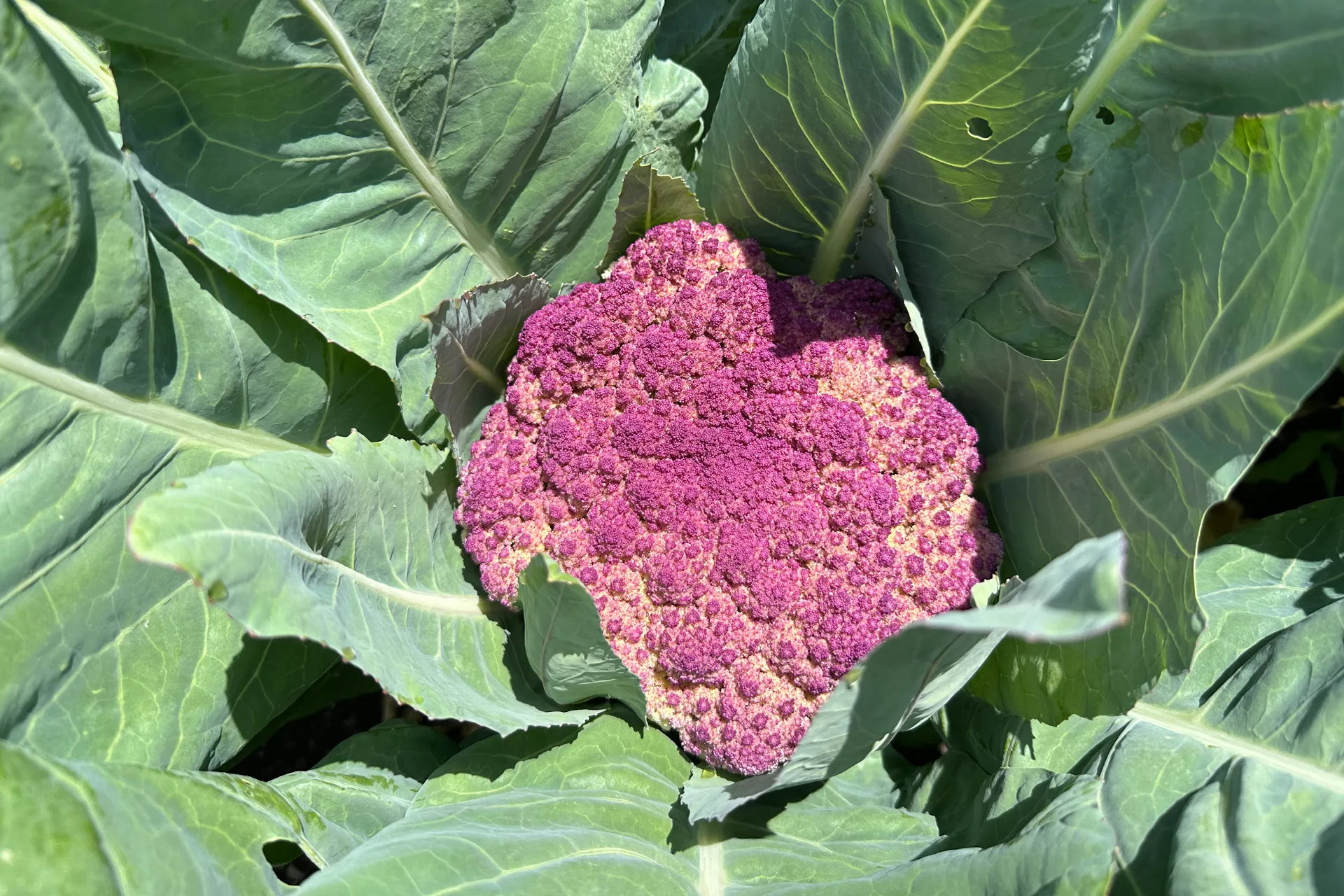This post may contain affiliate links. When you purchase through links on my site, I may earn a commission at no cost to you. See my Privacy Policy for details.
In the full heat of summer, it’s the perfect time to start planning your fall garden. Whether you’re a seasoned gardener or new to the hobby, knowing when to start your seeds is crucial for a bountiful harvest. Let’s talk through the process of starting seeds for a successful fall garden.
Understanding Your Growing Zone
The first step in planning your fall garden is determining your USDA hardiness zone. This will give you a general idea of your area’s climate and the average first frost date. Knowing your frost date is essential because it helps you count backward to determine the best time to start your seeds.
My first frost date is November 2nd, which means I need to start some of my fall seeds indoors as early as the end of July. July is still in full swing for my summer garden so it is easy to overlook planting my fall seeds.
Choosing the Right Vegetables
Fall gardens are ideal for cool-season crops that thrive in the cooler temperatures of autumn. Some popular choices include:
- Leafy Greens: Lettuce, spinach, kale, and Swiss chard
- Root Vegetables: Carrots, radishes, beets, and turnips
- Brassicas: Broccoli, cauliflower, cabbage, and Brussels sprouts
- Legumes: Peas and fava beans

Timing Your Seed Starting
Here’s a general timeline to help you get started:
- 12-14 Weeks Before First Frost:
- Start seeds for broccoli, cauliflower, and Brussels sprouts indoors. These plants need a longer growing period and benefit from an early start.
- 10-12 Weeks Before First Frost:
- Begin seeds for kale, cabbage, and collard greens indoors. These hardy greens can withstand light frosts and will thrive in the cooler fall weather.
- 8-10 Weeks Before First Frost:
- Direct sow seeds for carrots, beets, and turnips. These root vegetables prefer cooler soil temperatures and will develop best when planted directly in the garden.
- 6-8 Weeks Before First Frost:
- Sow seeds for spinach, Swiss chard, and leaf lettuce directly in the garden. These leafy greens grow quickly and can be harvested throughout the fall.
- 4-6 Weeks Before First Frost:
- Plant peas and fava beans directly in the garden. These legumes enjoy cooler temperatures and can even handle a light frost.
Preparing Your Garden Beds
Before planting your fall garden, ensure your garden beds are well-prepared. Remove any leftover summer crops, weeds, and debris. Work in a layer of compost or well-rotted manure to replenish the soil with nutrients.
Protecting Your Fall Garden
As the weather cools, consider using row covers or cold frames to extend your growing season. These protective structures can help shield your plants from early frosts and extend your harvest period.

Regular Maintenance for Your Fall Garden
Keep an eye on your fall garden for pests and diseases, which can still be a concern in cooler months. Regularly water your plants, but be mindful of overwatering as the temperatures drop and evaporation slows.
Starting seeds for a fall garden may seem daunting, but with a little planning and preparation, you can enjoy a bountiful harvest well into the cooler months. By understanding your growing zone, choosing the right vegetables, and timing your seed starting correctly, you’ll set yourself up for a successful fall gardening season. Happy planting!

